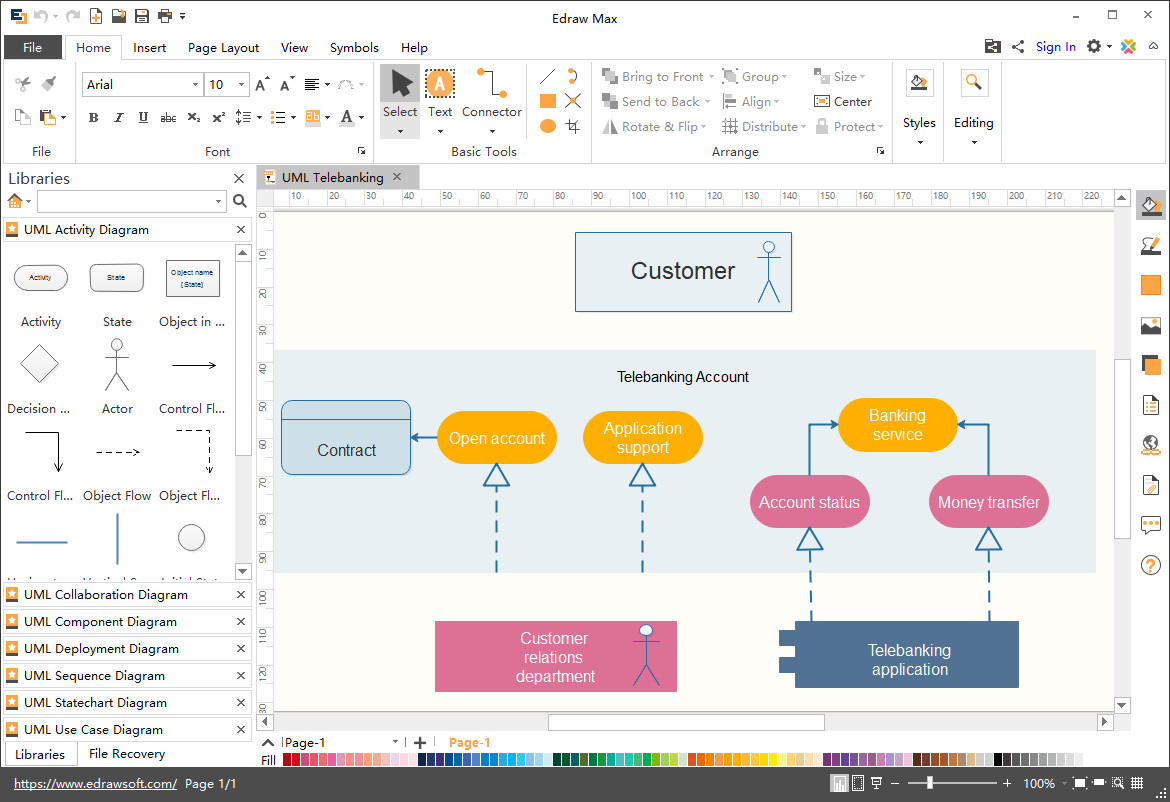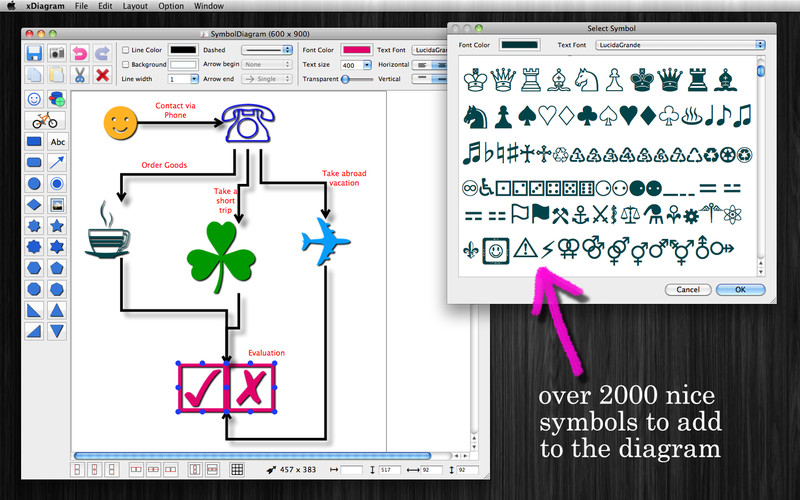
Your team can help you determine what data should be compared and is most important for providing accurate and meaningful insights.īe careful during this process to avoid any bias that could skew your results. Once you have your team assembled, you can begin identifying and collecting the data you will be analyzing.

Keep in mind that matrix analysis can be a time-consuming project, so it’s important that your team can commit to the assignment. These people should understand the data sets and be able to inter-relate the lists. Choose team members who have the time and expertise best suited to achieving your stated objective. Next, you need to select who you want on your team. This will guide you as you collect data, select your supporting team, and choose a matrix type. Whether you are simply exploring relationships or want to achieve something more concrete (such as making an important project decision), clearly identify that goal from the start. What information or insights are you trying to glean from your analysis? Define your purposeīefore you begin building your diagram, you need to define your objective for the exercise.
Xdiagram alternative how to#
Open a blank template How to build matrix diagramsįollow these steps to begin conducting a matrix analysis. L-Shaped Matrix Example (Click on image to modify online) When to use it: Use the L-shaped diagram when you need to compare two groups of items or one group to itself. You can also tally the scores and note the totals on the end rows to help rank or prioritize items within the chart. Numbers or symbols notate the relationship between pairs in the intersecting cells. One data set is represented on the left-hand column and it is compared against the second data set in the top row of the table. It compares two sets of data in a two-dimensional table. What is it: The L-shaped chart is the simplest and most common matrix diagram. Below we cover what each type is and when to use it. There are five basic types of matrix charts. Matrix diagrams are especially helpful when trying to understand causal relationships or conducting quality function deployment (QFD) analysis.

However, if some of the elements in the list are related to more than one other element, the side-by-side table visualization is inadequate. They help project managers identify the different ways elements interact and depend on one another in order to make better decisions, solve problems, and improve processes.īy putting groups of elements into a matrix chart of rows and columns, project managers can more easily visualize the relationship between objectives, factors, and causes within the organization they are observing.įor example, when comparing two lists with a simple one-to-one relationship, you can easily depict the relationships in a straightforward side-by-side table. Matrix diagrams are an effective tool for visualizing complex (many-to-many) relationships. There are five common matrix diagrams: L-shaped, Y-shaped, C-shaped, T-shaped, and X-shaped. The matrix shape you use will depend on the number of elements you want to compare.

The relationships between items are indicated by a number or symbol in the cell where each pair of elements intersect. The types of information you can analyze in a matrix includes: They help project managers identify how information is related as well as the strength of those relationships. Matrix charts compare two or more groups of elements or elements within a single group. What is a matrix chart?Ī matrix chart or diagram is a project management and planning tool used to analyze and understand the relationships between data sets. Matrix diagrams help project managers visualize and evaluate those complex relationships so they can make better decisions and keep projects on track. With so many variables interacting and affecting the trajectory of a project, it can be difficult to understand how each element works together and influences outcomes. Project managers juggle a variety of processes, programs, and people.


 0 kommentar(er)
0 kommentar(er)
